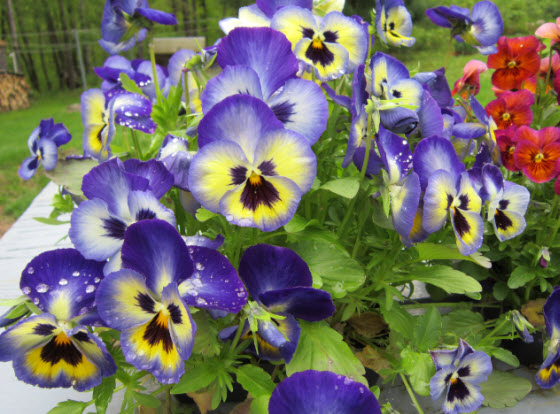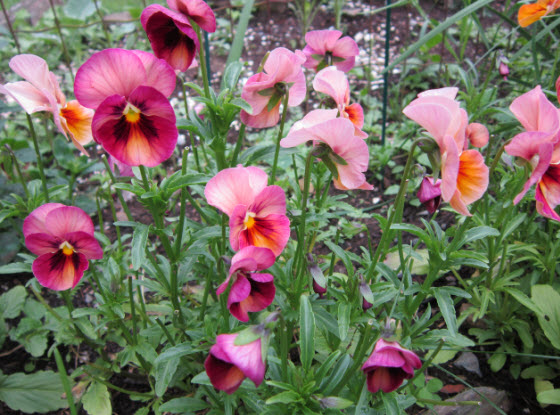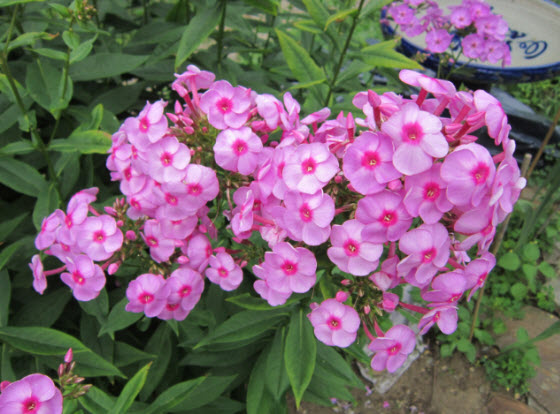
The Almanac Garden Planner - Use It Free for 7 Days!
Plan your 2025 garden with our award-winning Garden Planner.
ADVERTISEMENT
I read your mention of that about Phlox. Are there others, please?
And can they take Full Sun?
Thanks!!!
Neise
Dear Beelovers .
Only just recently i realised purchasing beefriendly plants raised with neonicotinoids and other chemical pesticides are just as harmful as spraying individually .
I believe it is much more needed to spend something more to organically grown plants . Due to that insight , both our garden ànd my mother's will be bombed by a deliverance of the most beautiful blooms and leaves from the nearest organical breeder .
beefriendly ,
Erika
I am interested in joining this group. Does any of your club allow cutting of the beautiful plants. I am needing some plants for my back patio. I have been very sick and unable to fix it up. Paula Grayson signed me up. Anything appreciated. Thank you Vikki Could someone come out and help me????
You may want to check this article stating that brewers yeast added to your pets food will keep fleas away from your pets! Brewers yeast can be dangerous to pets as it expands in warm conditions, like your pets stomach!
Dear DiCS,
I have never had a problem with brewer's yeast in the decades that I have been feeding it to my pets. Are you confusing this with baker's yeast? A heaping tablespoon is what my pets receive.
Brewer’s yeast is a nutritional supplement and is a good source of Vitamin B-complex, chromium, and selenium. Therefore it is safe for humans and dogs and can be sprinkled onto your dogs food, safely...as long as your dog has no yeast allergies.
Don’t get it confused baker's yeast, which is NOT safe for your dog.
Dear Gina O,
I agree that brewer's yeast has many good B vitamins and it is very wise to not confuse it with baker's yeast. Thanks for your comment.
DiCS I was wondering the same thing. ? on brewer's yeast.


















